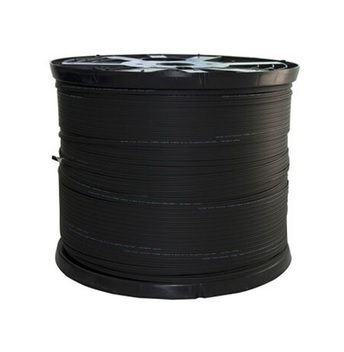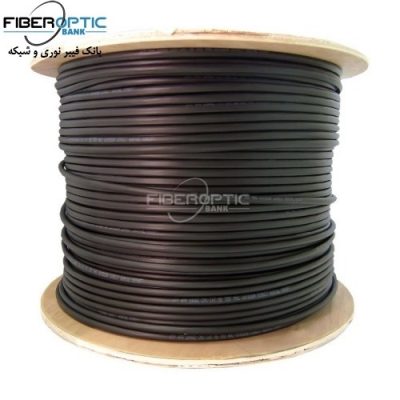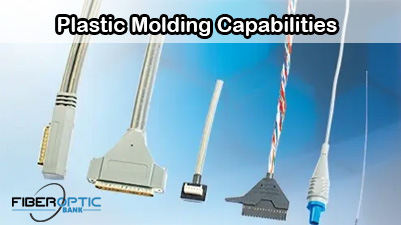Ethernet cable category for your network
In 1973, Xerox PARC researcher Bob Metcalfe invented a high-speed networking system called Ethernet to allow computer workstations, servers and printers to share data and resources. Today, Ethernet connects hundreds of millions of devices in homes and businesses. In this article, we explain the Ethernet cable types that form the basis of many wired networks.
Ethernet cable category for your network
If you are buying Ethernet cable for the first time, focus on these four features and you’ll make a good decision. Other factors are worth considering in certain circumstances so if in doubt, read on.
Speed (Data Rate): the speed of a cable refers to the amount of data it can transmit per second. 100 Mbps means the cable can transmit 100 million bits of data a second. In a commercial network, speed is usually dictated by the equipment you are connecting (for example, a network switch with Gigabit Ethernet ports). In the home, choose a cable that can support the speed of your Internet connection, plus some room for speed upgrades in the future. A cable’s Category designation (e.g. Cat5e, Cat6, etc.) is an easy way to identify the speed of a cable.
Shielding: some Ethernet cables are shielded to protect the cable’s condutors from electromagnetic interference (EMI) caused by power lines, large machinery and flourescent lighting. Shielding also prevents parallel conductors inside the cable jacket from interacting with one another.
Cable Length: The maximum length of an Ethernet cable is about 295 feet (90 meters). Good quality cables with shielding and thicker conductors can reach further but some trial and error will be required. Keep in mind that cable runs are rarely straight so plan on extra cable for some twists and turns.
Installation Location: cable jackets are rated for fire safety. If you plan on running cable through walls or between floors, choose rise-rated (CMR) or plenum-rated (CMP) cable.
Ethernet Cable Categories
The “Cat” in Cat5e, Cat6, etc. is short for “Category.” Network cables are divided into categories based mainly on bandwidth (measured in MHz), maximum data rate (measured in megabits per second) and shielding.
CAT1
For a time, this unshielded twisted pair (UTP) cable was the most common form of wiring for voice telephone systems in homes and offices. It consisted of two insulated copper wires twisted around each other and was designed for analog voice communications.
CAT2
Category 2 cabling was capable of voice and data communications and was primarily used during the 1980s for IBM Token Ring networks. It supported a data transmission rate of 4 Mbps.
CAT3
Introduced in the early 1990s, Category 3 cabling had four twisted pairs and was the first to support 10BaseT Ethernet networks as well as digital voice communications. It is still found in older buildings but its 10 Mbps data rate is considered too slow for modern networking.
CAT4
Like Cat3, Category 4 cable is typically found in older buildings where the cost of complete replacement is prohibitive. It had a data rate of 16 Mbps and was primarily used for IBM Token Ring networks.
Introduced in 1995, Category 5 cable has a data rate of up to 100 Mbps. It is used for standard 10BaseT and 100BaseT (Fast Ethernet) networks, and can distribute data, video and telephone signals at distances up to 100 meters (328 ft.). Cat5e is not an official designation but is used by manufacturers to describe an enhanced Cat5 cable that is capable of speeds up to 1 Gbps. Its higher data rate is achieved by increasing the number of twists, making it more resistant to crosstalk. Cat5e is recommended for new sub-Gigabit network installations.
CAT6
In comparison to Cat5e, Cat6 cable provides greater bandwidth and data transfer rates up to 1 Gbps over 100 m, the same as Cat5e. However, at shorter distances of up to 37 m (121 ft.), Cat6 is able to achieve 10 Gbps speeds thanks to its improved shielding and higher bandwidth. Cat6 includes a physical separator called a “spline” between the four pairs to reduce crosstalk and foil shielding to reduce electromagnetic interference. Cat6 cabling is backward compatible with the Cat5/5e standard. Introduced in 2009, Cat6a is an “augmented” Category 6 cable with a bandwidth of up to 500MHz.
The Cat7 specification is a proprietary standard developed by a consortium of companies and is not endorsed by IEEE or TIA/EIA. While substantially similar to the performance characteristics of Cat6a, Cat7 cables features proprietary GG45 connectors and robust shielding. Cat7a (Category 7 Augmented) is a further refinement of Cat7, capable of 40 Gigabit speeds over 50 meters and 100 Gbps up to 15 meters. The proprietary nature of the Cat7 and Cat7a standards and lack of support from IEEE and EIA has resulted in a relatively small installed based for Cat7/Cat7a.
CAT8
With a bandwidth of up to 2 GHz (2000 MHz) over 30 meters and a data rate of up to 40Gbs, Cat8 cable is ideal for switch-to-switch communications in a 25GBase T or 40GBase T network. Its conductors are wrapped in foil to virtually eliminate crosstalk and enable higher data rates. The result is a heavier gauge cable that is quite rigid and can be difficult to install in tight spaces. It still uses RJ45 connectors and is backwards compatible with previous standards.
What type of Ethernet cable should I buy for my home network?
Even with a speedy WiFi6 router, your connection to the Internet is usually the bandwidth bottleneck. Currently, the fastest Internet plans available from the major carriers offer download speeds of 1 gigabit per second (1,000 Mbps). If you already have the fastest Internet access available from your provider, use Cat6a cable. This will give you some headroom for future speed increases. For Internet download speeds up to a gigabit, Cat5e is a good choice. You’ll save a little money over Cat6a and the thinner cable will be easier to install.
Ethernet Cable Length
The further a signal has to travel along a cable, the more it will degrade (a process known as attenuation) until it reaches the point where it can no longer be detected, or is too distorted to be interpreted by the receiving device. Attenuation can also be caused by noise due to electrical currents and radio frequencies. Cables with shielding to minimize noise will work reliably over greater distances.

Related products...
fiber-optic-cable
fiber-optic-cable
SGCC fiber optic cable 24 core (4*6) , singlemode ADSS-SPAN80
fiber-optic-cable
ETK fiber optic cable 12 core, (1*12), multimode MM 50، OM3 SJ LSZH















[ratings]